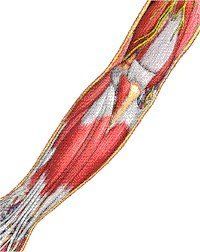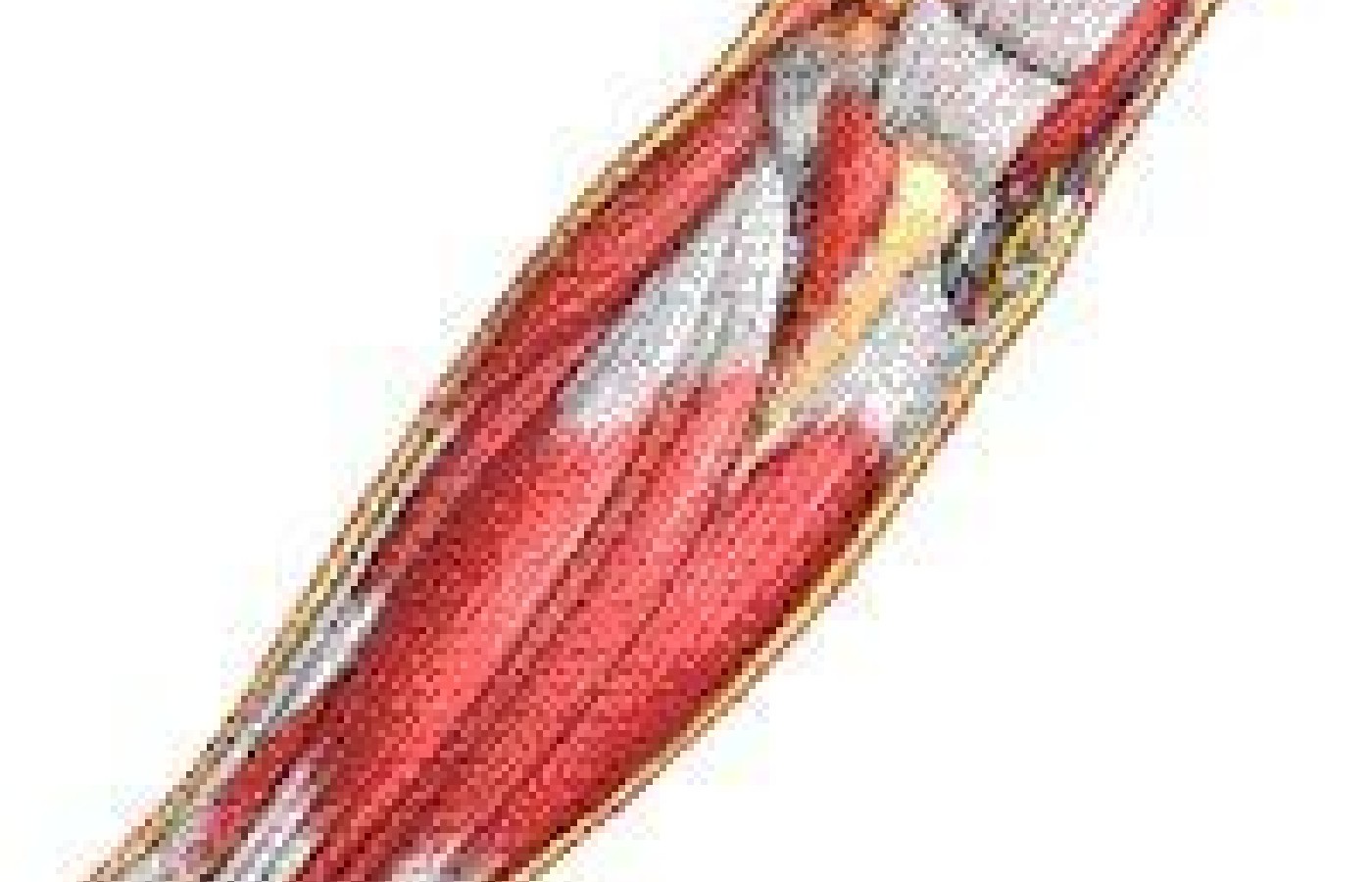Whether you accept it, avoid it or live somewhere in between, insurance coverage has become a defining issue for our profession. Patients increasingly expect to use their benefits, practitioners want to be compensated fairly for their time and expertise, and the system itself remains – at best – fragmented. The encouraging news is that coverage has expanded in meaningful ways. The challenging news is that reimbursement, across the board, remains inadequate.
Treatment of the Overuse of the Upper Extremities, Part II
A previous article dealt with the diagnosis of carpal tunnel syndrome, a common referral to our clinics by neurologists and orthopedists. As stated before, many of these patients show a nerve conduction within normal range. The main symptoms the patient will complain of will be pain-tingling-burning of the elbow, forearm, hands and fingers. Although the patients complain about treatment (NSAIDs [non-steroidal anti-inflammatory drugs], physical therapy and/or surgery) in many cases, the symptoms will continue with little or no improvement. Prescribed medication ranges from ibuprofen (600-800 milligrams 2/3 times a day) and naproxen (500 milligrams twice a day) to newer drugs like viox (12.5/25 milligrams) and celebrex (100/200 milligrams). Many times the patient suffers from secondary effects (upper GI disorders), including nausea, vomiting, heartburn and diarrhea.

Ulnar entrapment is a fairly common pathology. The ulnar nerve is superficial in the olecranon fossa, which is why direct trauma or even microtrauma (over time) will cause nerve damage. Understanding the anatomy of the region explains the mechanism of triggering the inflammation of the nerve. The roof of the cubital tunnel is the arcuate ligament (taut at 90 degrees, with elbow flexion), while the floor is the medial ligament and the tip of the trochlea (when the elbow is flexed, the ligament bulges and compresses the cubital nerve).
Examination of the area (tapping lightly on the cubital groove and SI8, with the elbow flexed at 90 degrees) will reproduce the patient's complaints (pain/numbness/burning or tingling, radiating from the elbow toward the wrist and hand, following a SI channel pattern). The recommended points to be used are SI8 either locally (same side, if it is not too inflamed) or contralaterally.
Technique Used: Chinese acupuncture needles (#38 gauge) are used, as well as a microcurrent device (Acutron Mentor), with polarized pads, at a current of 50-75 microamps.
Combination Points: SI8 and Lung SI3 are used.
Treatment: Treatment is delivered 1-3 times a week for four weeks. The acupuncture needles are inserted with a slant direction, with the microcurrent stimulation pads on top of the needles. The pads (polarized, with an output of 50-75 microamps, for 15 minutes) are applied directly on top of the needles. The negative pad is applied on SI3; the positive pad on SI8. In the majority of cases, the use of microcurrent is sub-sensational (the patient does not feel the electric stimulation).
Within 6-8 treatments, the patient is able to feel improvement. Pain, burning and tingling is improved; the elbow's range of motion is increased; and pain medication is reduced or discontinued.
As with many muscular disorders, the indication of the appropriate stretching exercises for the muscles involved, will assist in a speedy recovery. The use of a microcurrent device and acupuncture in our clinics allows us to obtain enhanced results from our treatments.



